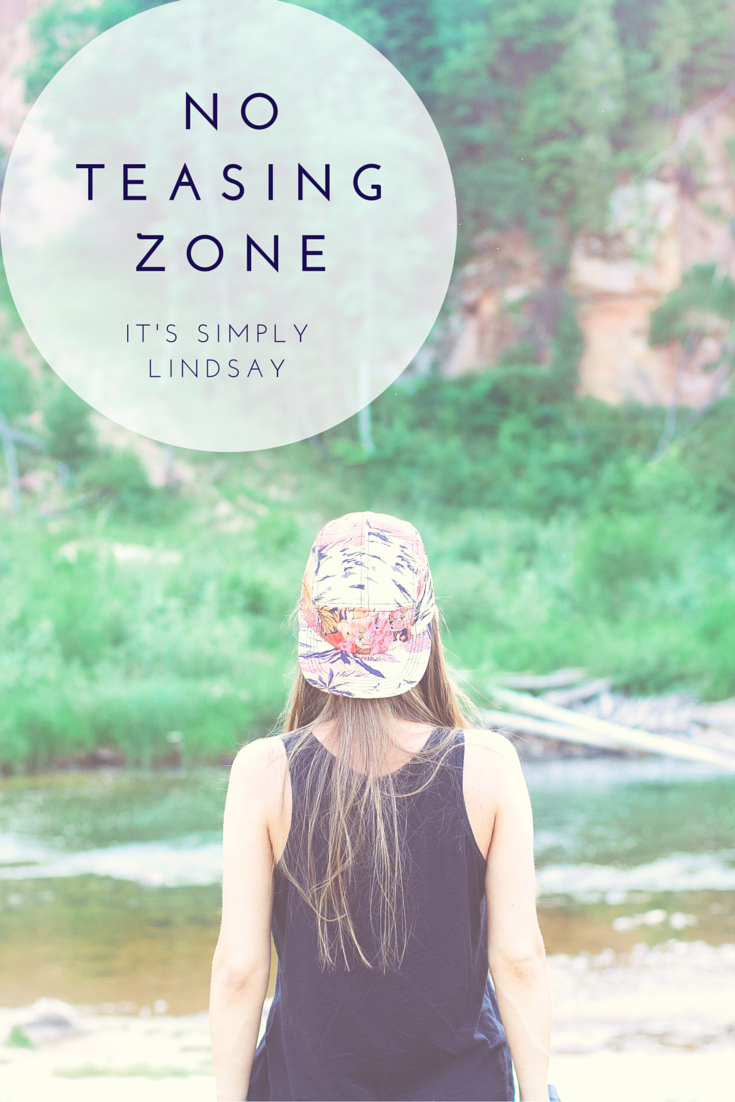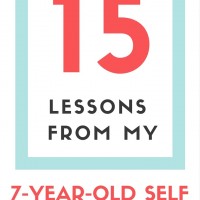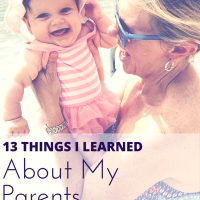
As I was modifying my classroom rules tonight in preparation for the first day of class on Monday, I’m slightly conflicted. While I’ve always strived to make my high school classroom a completely positive, focused, kind, and challenging environment, when you’re dynamically engaging with twenty-some personalities of teenagers, there’s bound to be deviation. In fact, regardless of age, it’s unrealistic to think you can have a 100% productive and respectful conversation in any group. I work in an incredible school that emphasizes college prep and independent thinkers. Although I teach British Literature, I take our school mission to heart and constantly push myself to learn how I can incorporate these values into my class. Instead of stagnantly remaining in the text and historical era of what I’m teaching, I look at the universal themes and see how they apply to issues we face today.
I love to discuss controversial topics; this gives me an opportunity to teach students how to discuss with passion and confidence while having an open mind and learning to actively listen to others. As we discuss these topics, emotions can get in the way or productivity, and people can react fervently without thinking.
No Teasing Zone
To give a little background of my class environment, last year, I implemented a kindness bulletin board called “Kindness is Cool.” Students wrote about kind acts they witnessed, received, or bestowed to others on colorful pieces of paper and posted it to a small board. The kind acts really took off, so I had to expand the bulletin board as we watched compassion and consideration spread through the walls of my room. I had students who weren’t even in my class come in to participate, and nothing warmed my heart more than reading students acknowledging other students and teachers anonymously. This is the essence I want to capture in my room at all times.
Too often, I read negative or sad stories about bullying among teens; we all know there is a fine line between playful banter with friends and hurtful mockery that gets painfully internalized. That’s why I edited my class rules to include a zero tolerance policy for bullying, disrespectful comments, and teasing. I grew up in a home where saying “shut up” or “suck” was as bad as swearing; I may have a more conservative view of what’s not acceptable, but I want to spread that awareness to my students. I want my room to be a completely safe place. I want to push students to be mindful of what they say and how they act, even harmless mocking between friends.
This is my struggle- I teach seniors in high school. I start the year more closely monitoring the students and slowly loosen the reigns to more of a college atmosphere and class structure.
Here are my questions to you.
Part of my job is to prepare these students for college; is my new rule too stringent and juvenile to achieve my goal of college prep? In college, I can’t ever remember a professor telling students such a rule. How do you draw the line between what’s fun, funny, acceptable, or teasing? Does that need to be outlined and enforced so rigidly for high school seniors? Can you really change someone at this point, or am I just inviting an opportunity for students to mock the rule?
Looking forward to your input!














